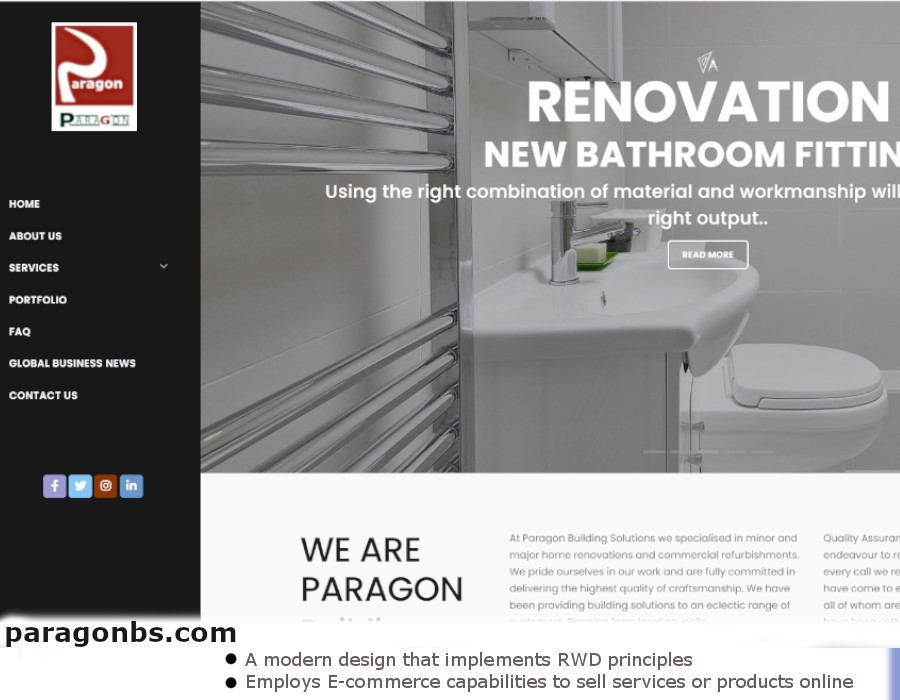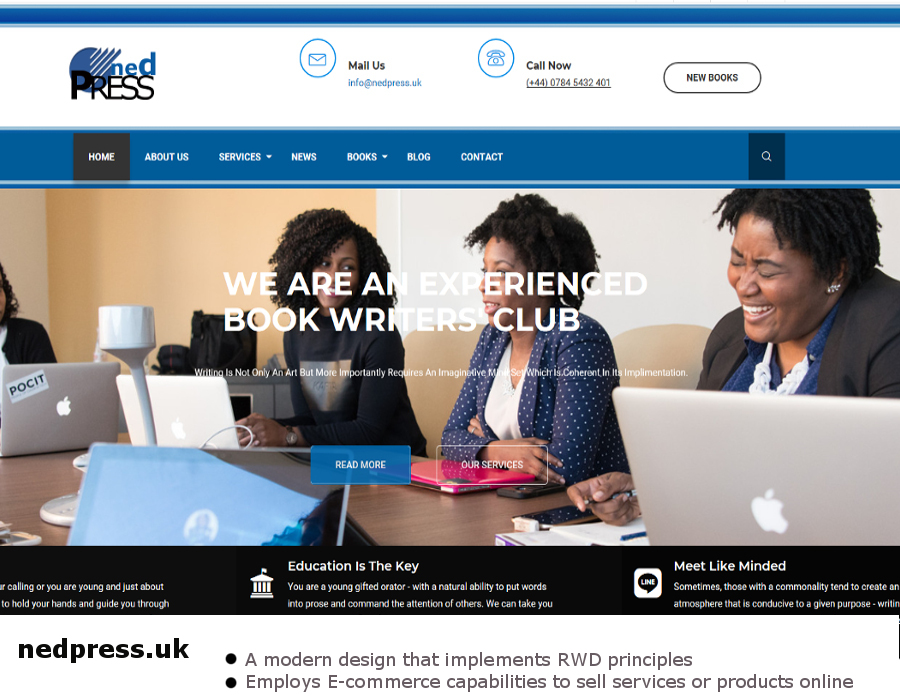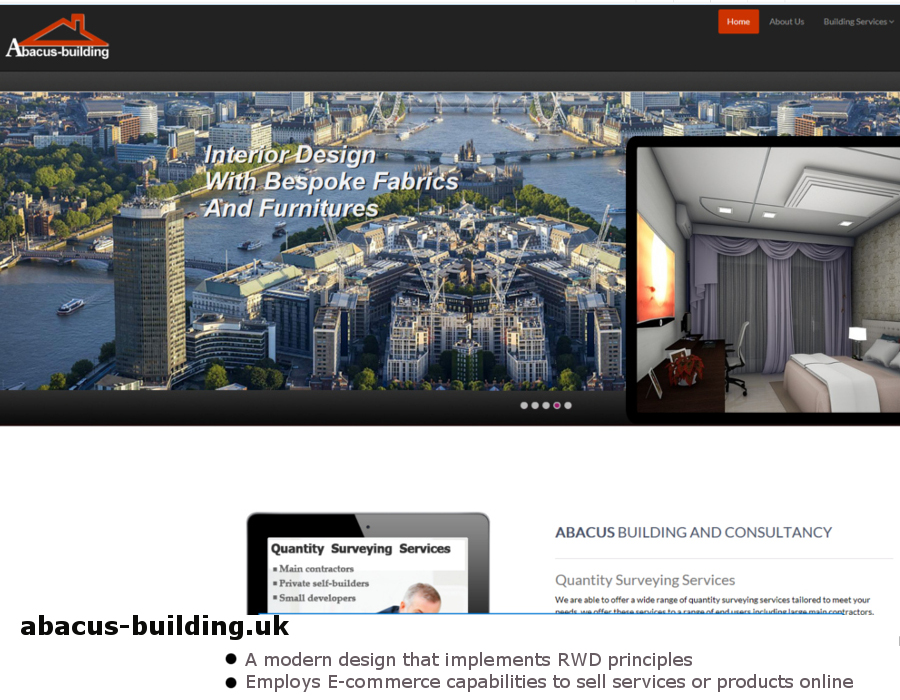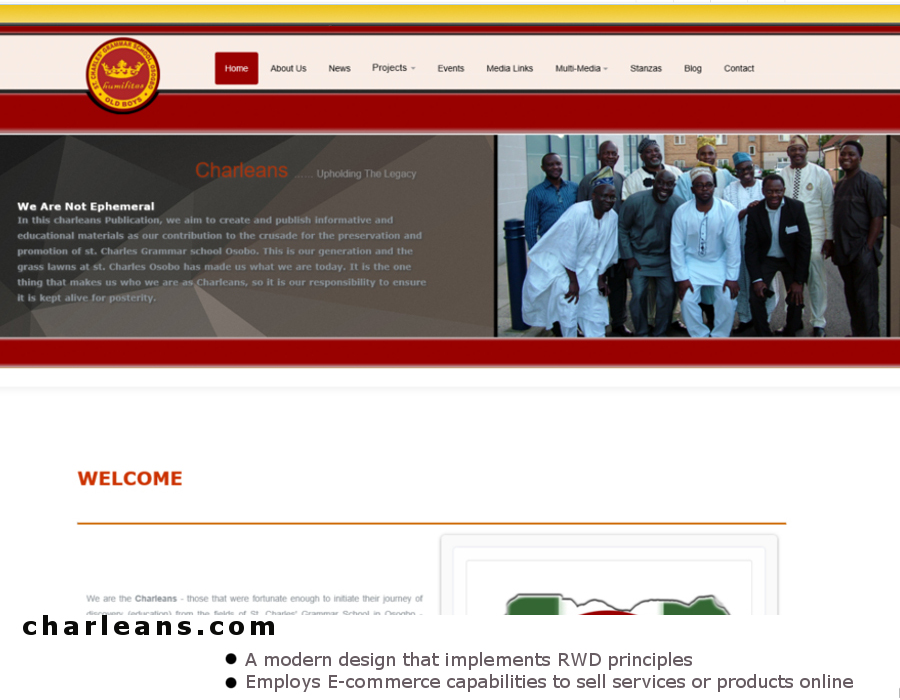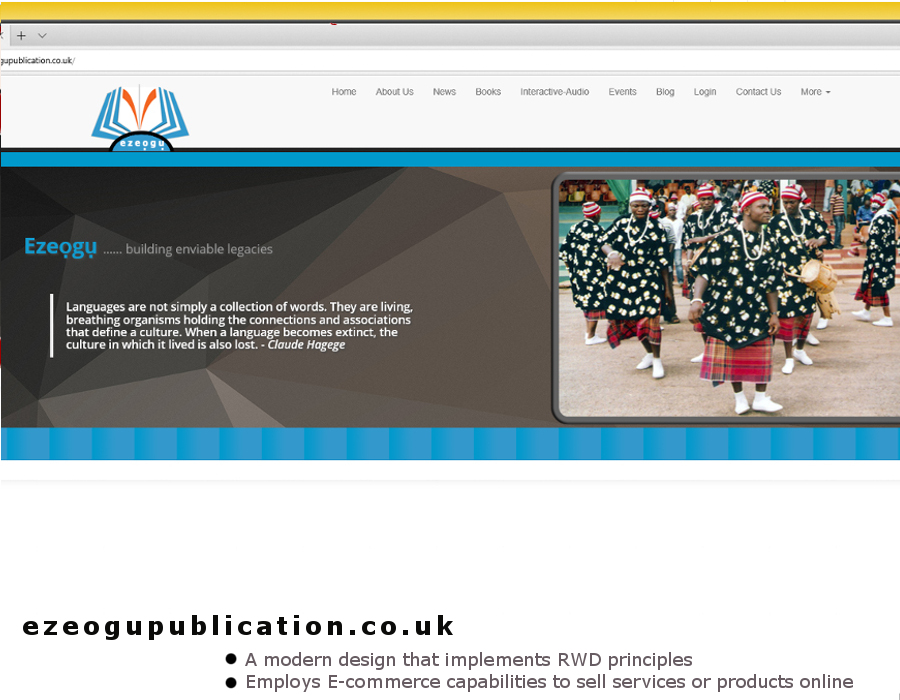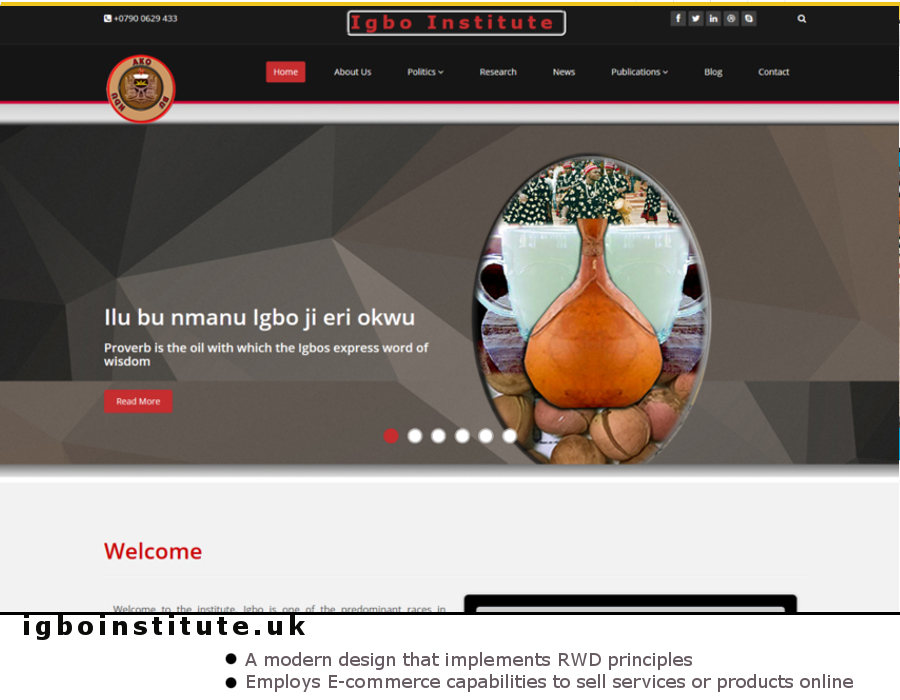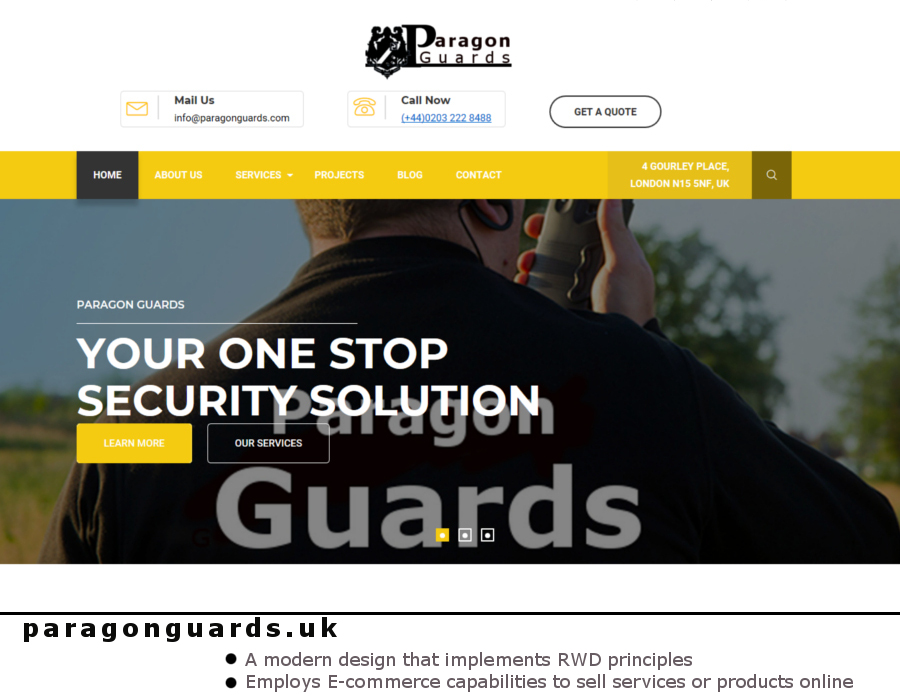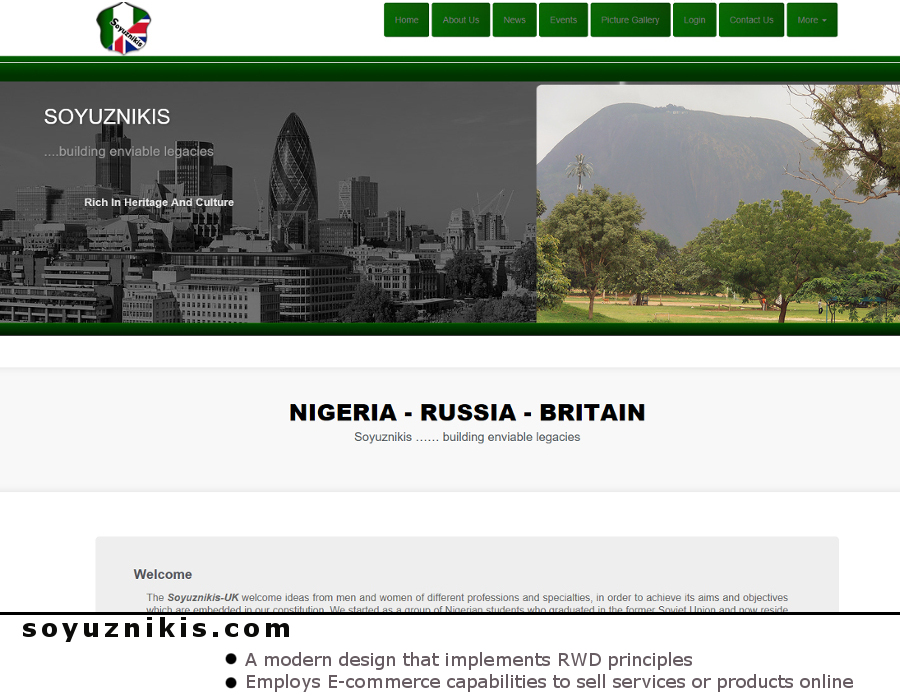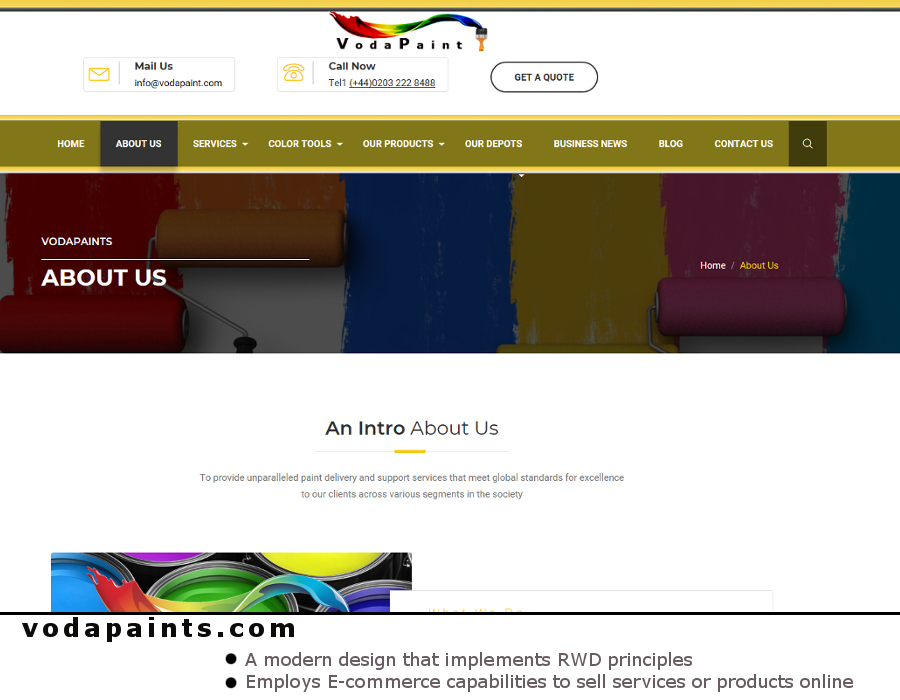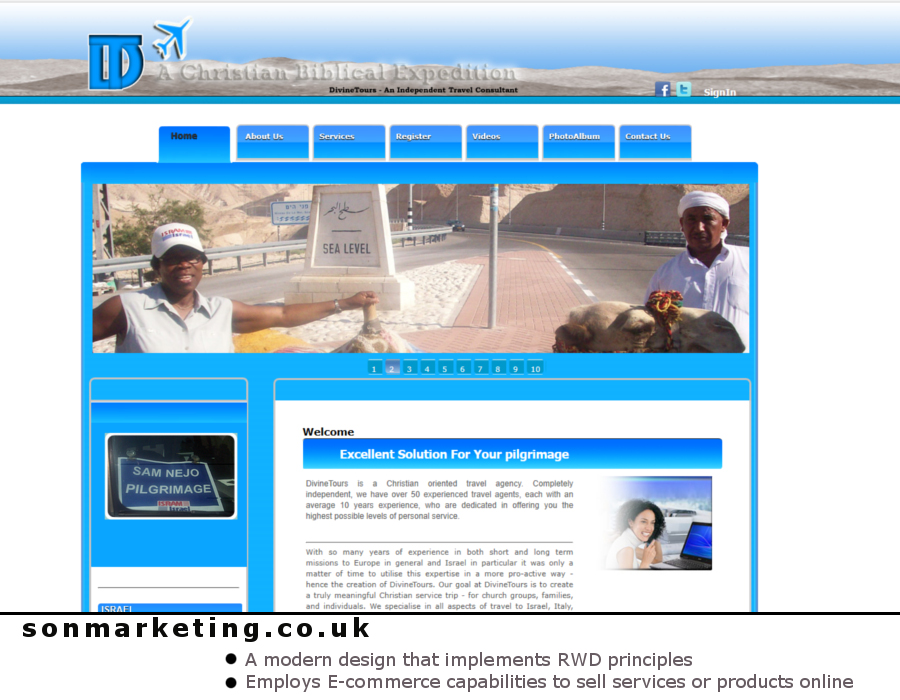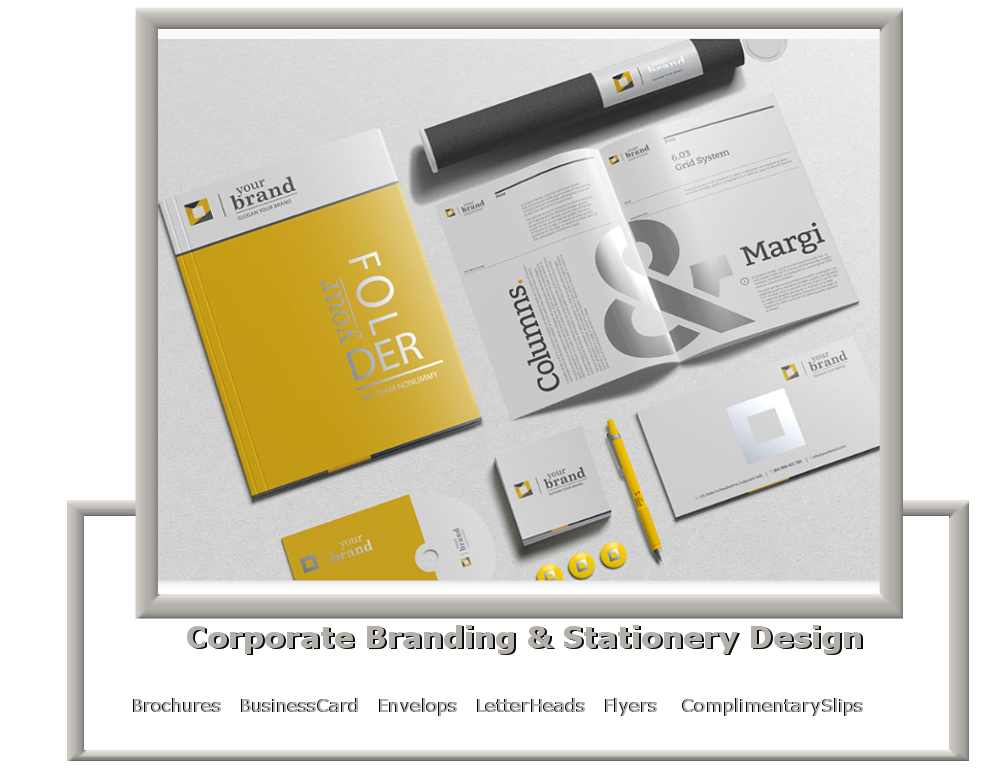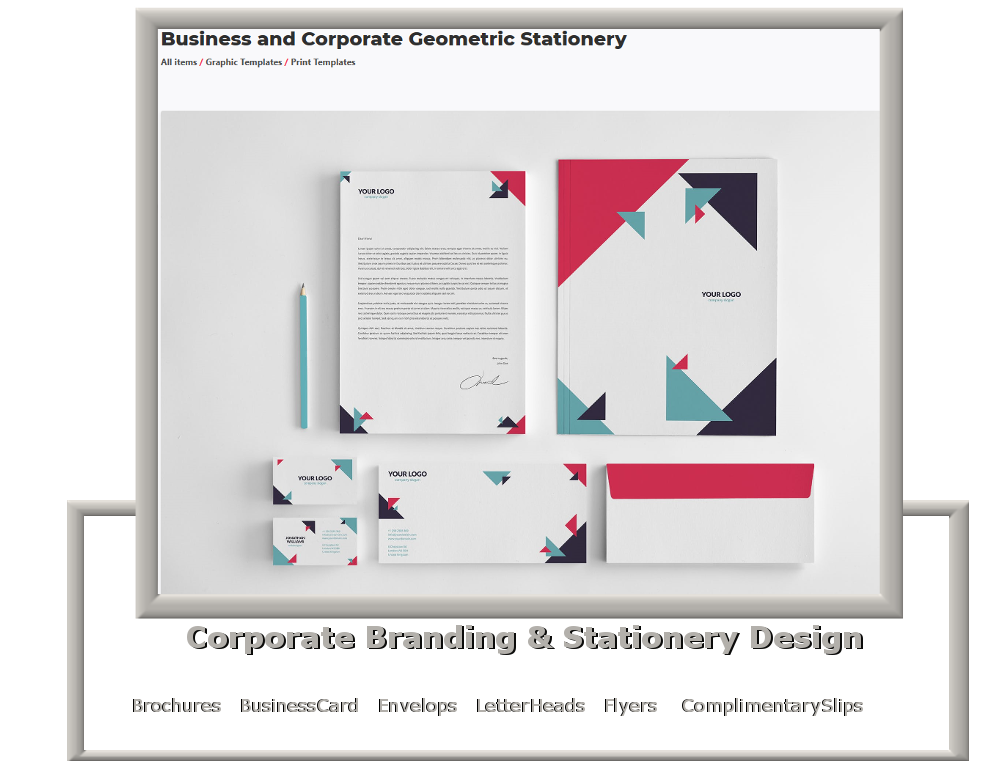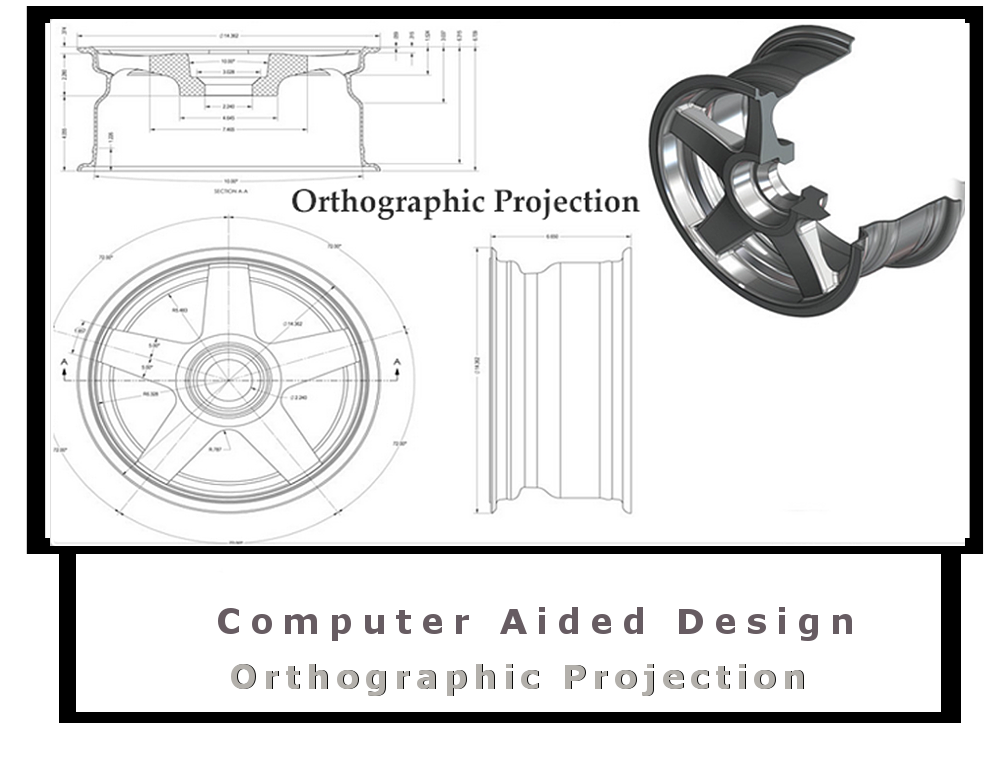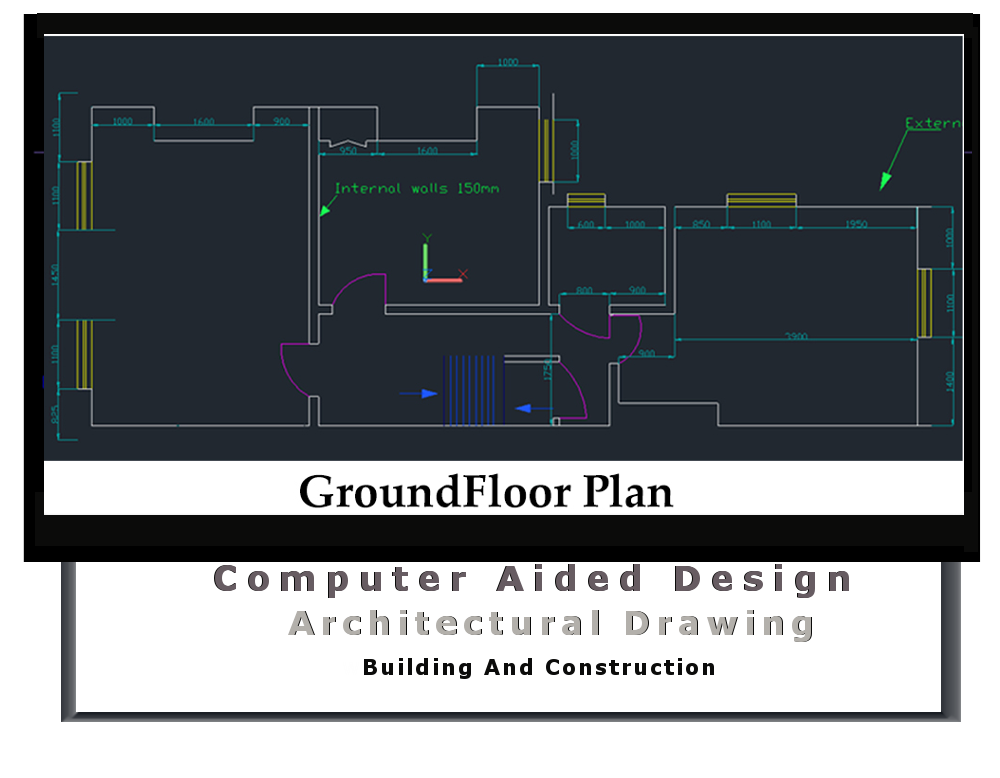Website Design
The Methodology - The Practice
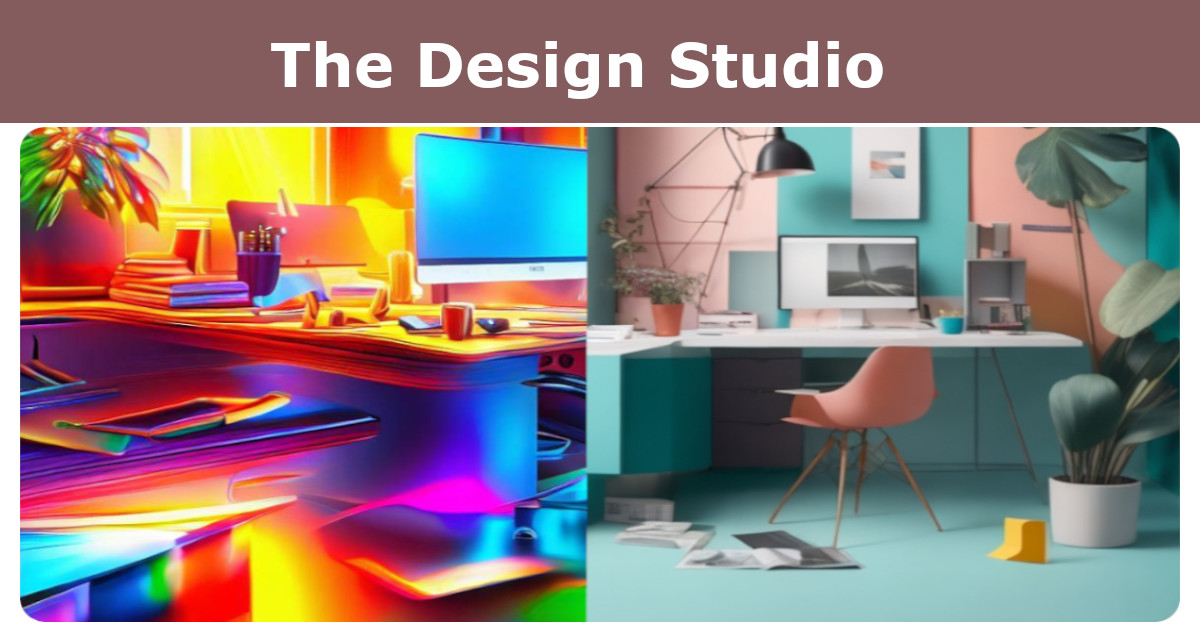
The Methodology
Website design is not just about choosing a theme, installing some plugins, and launching your site. It is a creative and strategic process that requires planning, research, and testing to create a website that meets your goals and reflects your brand.Website design involves more than just the technical aspects of building a website. It also involves the following elements:
- Content:
The content of your website is the most important factor that determines its success. Content includes the text, images, videos, and other media that you use to communicate your message and value proposition to your visitors. Content should be clear, engaging, and relevant to your audience and your industry. Content should also be optimized for search engines so that your website can rank well and attract more organic traffic.- Layout:
The layout of your website is how you organize and present your content on each page. A good layout should be simple, functional, and consistent with your company’s branding. More specifically, the best-designed websites use a grid-based layout to keep content aligned, optimize load time, are mobile-friendly, and use compelling copy.- Navigation:
The navigation of your website is how you help your visitors find what they are looking for and guide them through your site. A good navigation should be intuitive, easy to use, and accessible. It should also reflect the structure and hierarchy of your website and provide clear and visible links to the most important pages and sections.- Aesthetics:
The aesthetics of your website is how you use colors, fonts, images, and other design elements to create a visual identity and appeal for your site. Good aesthetics should be attractive, professional, and consistent with your brand and industry. It should also enhance your content and layout, and not distract or confuse your visitors.- Functionality:
The functionality of your website is how you add interactivity and features to your site that enhance the user experience and provide value to your visitors. Functionality can include forms, buttons, sliders, animations, pop-ups, and other elements that allow your visitors to perform actions or access information on your site. Functionality should be relevant, user-friendly, and reliable. It should also be compatible with different browsers and devices, and not affect the performance or security of your site.As you can see, website design is much more than just plugins and WordPress. It is a complex and creative process that requires a lot of thought and skill. If you want to design a website that sets you apart from your competitors and achieves your goals, you need to consider all the elements mentioned above and how they work together to create a cohesive and effective website.
If you need help with website design, we can create a custom website for you that meets your specific needs and preferences.
The Practice
The primary purpose of a website is to provide information about a product, service, or organization to the users. In this modern era, where everything is digital, a website is essential for almost every business, organization, or individual. Creating a good website is crucial to attracting users and providing an excellent user experience. Here we outline the essential requirements for a good website design.1. User-Friendly Design and Navigation
A clean and user-friendly design is a must for a good website. Users should be able to find the information they are looking for quickly, and the navigation should be simple and easy to understand. The website's layout should be consistent across all pages, and the color scheme should be easy on the eyes.2. Mobile-Friendly Responsive Design
In the present scenario, more than half of the website traffic comes from mobile devices, and it's essential to have a mobile-friendly website. The website should have a responsive design that adjusts to different screen sizes seamlessly. A responsive website improves user experience, reduces the bounce rate, and helps in SEO.3. Fast Loading Speed
A website's loading speed is a crucial factor in user experience, and it also affects SEO. Users tend to abandon the website if it takes more than a few seconds to load. Therefore, a good website should load quickly, and the images and videos should be compressed without compromising quality.4. Quality Content and Readability
The website's content should be of high quality, informative, and easy to read. It is often said that "content is king" for a good reason. The font size, font style, and color scheme should be chosen in such a way that it enhances the readability. It's essential to avoid spelling and grammar mistakes as they can affect the website's credibility.5. Accessible to Everyone
A good website should be accessible to everyone, including people with disabilities. The website should comply with the Web Content Accessibility Guidelines (WCAG 2.1) to ensure that everyone can use the website without any hindrance.6. Search Engine Optimization (SEO)
SEO is essential for every website to attract more organic traffic. A good website should have SEO-friendly URLs, relevant and optimized meta descriptions, and headers. The website should be optimized for keywords, and the images should have alt tags.7. Secure Website
A good website should be secure, and users should feel safe while using the website. The website should have an SSL certificate, and the sensitive information should be encrypted. A secure website enhances user trust and improves the website's credibility.In this digital age, websites have become an integral part of any business, organization, or individual who wishes to expand their online presence. A website serves as a virtual storefront, providing visitors with a glimpse of who you are, what you offer, and how you can be reached. A website can also be a double edge sword if your initial preparation and design were poorly throughout. Your Online reputation can be brutally destroyed if the above outlines are not adhered to in the design process.
Firstly, a website allows you to showcase your brand or identity in a more professional and comprehensive way. Your website is your canvas, where you can highlight your products, services, and achievements in a creative and visually appealing manner. With the aid of videos, images, and infographics, you can communicate your message more effectively, attract more leads, and establish trust with your prospects. Moreover, a website enables you to provide a wealth of information on various aspects of your business, such as your history, team, and testimonials, which can lend credibility to your brand.
Secondly, a website is a crucial tool for driving traffic and reaching wider audiences. In today’s digital world, where people are increasingly turning to the internet for information, a website can provide you with a global platform to showcase your business, connect with potential clients, and build your online community. By optimizing the content on your website for search engines, you can attract more visitors to your site and increase your chances of converting them into leads.
Thirdly, a website enables you to offer your products and services online, allowing customers to purchase them at their convenience. With the growing trend of online shopping, integrating an e-commerce store into your website can enhance your revenue streams, expand your market reach, and provide a more convenient and hassle-free shopping experience for your customers. Whether you sell physical products or services, a website allows you to offer them 24/7, without the need for a physical store or additional staff.
Lastly, a website provides you with a powerful platform to communicate with your target audience and build lasting relationships. By establishing a blog on your website, you can share your industry insights, opinions, and news with your readers, and engage with them through comments, social media, and email newsletters. By providing valuable content and interacting with your audience, you can establish yourself as a thought leader in your industry, foster loyalty and trust, and ultimately drive more sales and revenue.
In summary:
A good website should have a user-friendly design, be mobile-friendly, have a fast-loading speed, quality content, accessibility, SEO optimization, and be secure. Implementing these essential requirements will help in creating an excellent website that provides a great user experience, attracts more traffic, and improves the website's credibilityA website is an essential component of any business or personal brand. It provides you with a professional and comprehensive platform to showcase your brand identity, reach wider audiences, sell your products and services online, and build lasting relationships with your customers. Whether you are a small start-up or a large corporation, investing in a website can make a significant difference in your online success. So, if you haven't already, it's time to create your virtual storefront and start building your online presence today.
Talk To Us
Most Recent Technology News
From The BBC
What We Do
Being abreast with technology is a very tasking procedure especially if you are a small enterprise. We can take the load off or make it more bearable - making sure all the tools with regards to your site for updating dynamic content, branding and bespoke marketing responsive HTML5 emails are at your finger tips. Adding new functionalities as you grow is the default.Our Approach
We believe in utilizing the power and influence of the Internet to help clients grow their business. Building results-driven digital solutions that is leveraged on current methodology and technology. This synergy results in a platform with cutting-edge design, development, branding and marketing. However, if all the aforementioned is to be accomplished, you need people with the know-how and wherewithal to put it all together.
Why Choose US
Our strategic services provide customized, digital solutions to turn your business into an industry leader. Our team plan, design, and develop outstanding website solutions that are in tandem with current technologies. Responsive websites from a single code base. Thus, making scaling up and enhancement very flexible.
The platform called the internet, to all intents and purposes comprise of websites. These in turn, are made-up of individual pages with common hyper-links interspersed. In it default state, it is very much a visual medium. Hence, in the design of a web-page, foremost in the structure and layout construction must be the end goal - rendition in a web browser.
The interactions within a web-page interface and layouts can only be experienced as a whole not through fragmentations. That is why our design approach in creating bespoke responsive website is unique. Most agencies will present you during the initial stages of design and deliberations, with mock-ups. We do not think these processes and procedures serve any purpose because fragmentations will never provide or emulate anything close to the real thing. Here at Torometech, we use your initial brief to design an interface that will showcase all the salient features your services or products exhibit.
Recent Portfolio
Here is an eclectic display of recent work we have carried out with regards to website and graphic creations respectively.Our Numbers
We are passionate about design & developments. We also understand the imperative of a website. It is not the frills of shiny vector graphics but the combination of a well throughout plan with and objective to accomplish
Our ServicesNo Of Clients
CUPS OF COFFEE
FINISHED PROJECTS
Lines Of Code
